Data Visualization
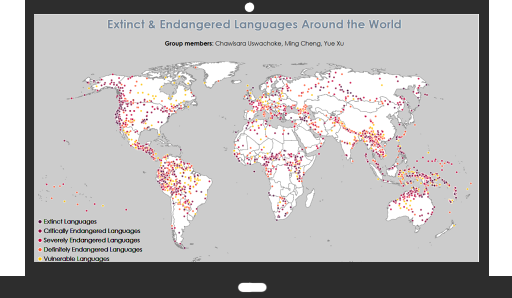
My first data visualization for the Visual Analytics for Web class. I used HTML, CSS, and Javascript (with only D3) to show the distribution of extinct languages and their levels on the world and US maps. This project was selected by Towards Data Science, an online journal on Medium, to publish the visualization on their website. It was also one of the 12 groups (out of 98) selected by the professor to have the most interesting and impactful visualizations. Click on the laptop above to view the visualization. Click here to view the Github repo.
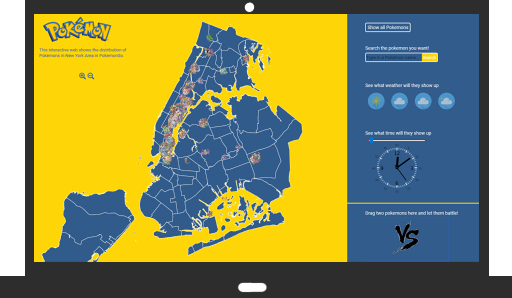
My first interactive data visualization. I used HTML, CSS, and Javascript (D3) to develop interactive features that allow users to see different Pokemons available in certain locations, weather, and time, and their battle stats in comparison to other Pokemons determining whether the selected Pokemon is more likely to lose or win. Click on the laptop above to view the visualization. Click here to view the Github repo.
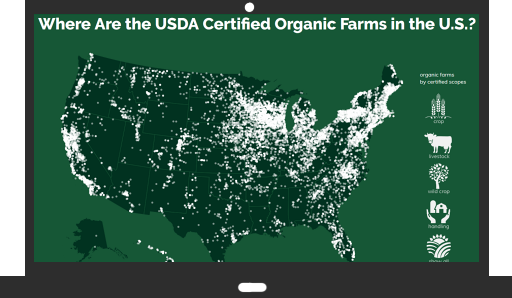
I constructed a data visualization to show the distribution of USDA certified organic farms, including interactive features that allow users to zoom in/out of the map, filter farms by the date they are certified, show the top items produced for each scope, compare the distribution with the political map and also with the ratio of organic to normal farms. Click on the laptop above to view the visualization. Click here to view the Github repo.
Web Development
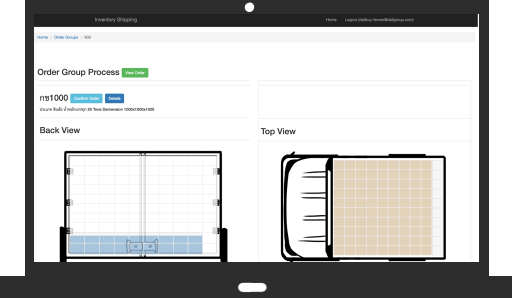
I developed this website as my senior project at Chulalongkorn University, which was done in a collaboration with a Thai construction materials manufacturer called 'Dai Group Public Company Limited'. The main functions were managing inventory level of warehouses and calculating optimal product arrangements when loaded into vehicle. The website shows the product arrangement visually in top and side views. It also included log-in pages for Daii employees, order comfirmation and invoice printing pages.

I designed and implemented a website that predicts rental and selling prices of user's property using multiple linear regression and k-NN models. The website embeds Google Maps API for users to provide address which will then be converted to (longitude, latitude) coordinates. This project was selected by the professor to write and publish an article about the project on Forbes. It also received the most votes in class as the best project with the highest business value. Click on the laptop to view the website.
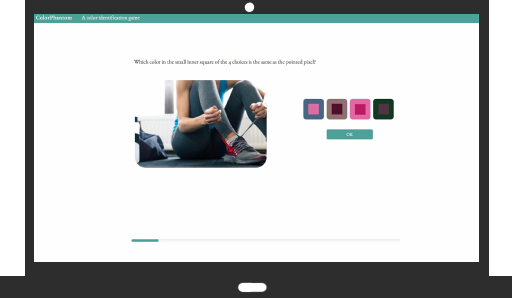
I created and launched a web application to experiment on simultaneous color contrast using Bootstrap framework. Users have to select the color (of the 4 choices in each question) that is the same as the pointed pixel in the provided image. I deployed the website on Firebase and created a Google Apps Script to connect website to Google Sheets to collect data. Click on the laptop to view the website.
Java & Python Projects

I implemented a QA program based on IBM Watson's architecture using Python. I generated the answer candidates through NER and ranked each answer with several scores (cosine similarities of question and various windows around the answer, compatibility of question and answer types, relation data extracted from DBpedia). The tools used were Stanford NER Tagger for question and passage processing, Scikit-learn extension for tf-idf scores in finding cosine similarities, and SPARQL to query through DBpedia. Click on the laptop to view the Github repository.
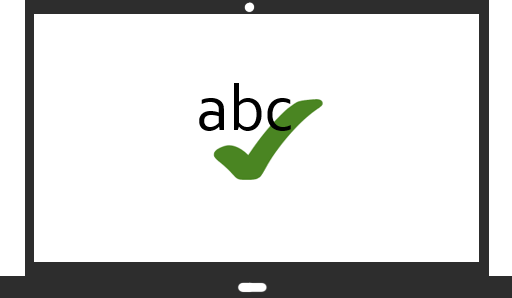
My first NLP program. I used Java to create language models (Naive Bayes); trained and tested them on given documents. Based on these language models (unigram, bigram, trigram), I implemented a random sentence generator and spell checker. The spell checker yielded an accuracy of 89.88% and the project ranked 10th place (out of 99) in class on Kaggle. Click on the laptop to view the Github repository.
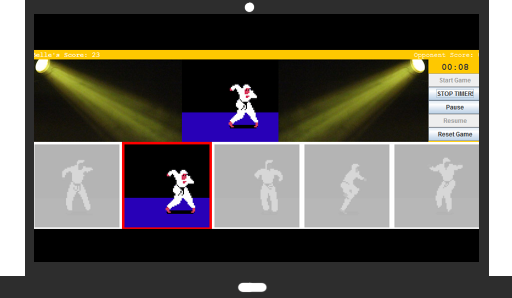
I created a multiplayer game, using Java, based on socket programming in both peer-to-peer and client-server structures, allowing players to play on different computers simultaneously. The server will collect, process and relay the player's information to the opponent in real-time. Click on the laptop to view the Github repository for the client-server version. Click here for the peer-to-peer version.














